Why Are White-Haired Characters Becoming More Common in TV and Film?
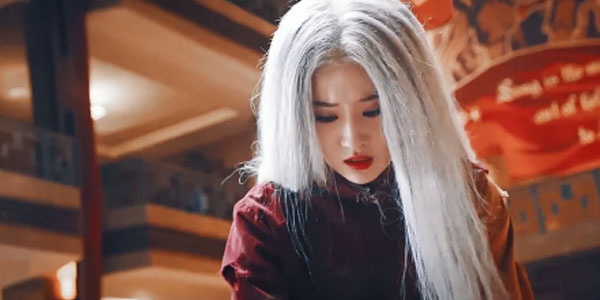
I came across a post asking why so many Chinese people seem to have a thing for “white hair.” At first, I thought it was just a niche discussion, but a quick search showed that a lot of people actually talk about it. One comment pointed out that in Chinese culture, white has long been associated with good fortune and the supernatural—like the white crane and white tiger in Taoist traditions.
Even today, Chinese people love albino animals, as shown in the famous Jinbailu Biao (《进白鹿表》, A memorial submitted regarding a white deer.) —white peacocks, white lions, white rhinos, and so on.
So, the fascination with white hair seems to be a cultural legacy. Of course, some note that liking albino animals is different from liking white-haired characters—but then, why are we seeing so many young, white-haired faces in Chinese TV dramas these days? Didn’t white hair used to be reserved for elders?
Before answering these questions, take a look at these white-haired styles—do any of them take your breath away?
Ⅰ. Which Look Do You Prefer?
Which of the following styles is your favorite? Here are some distinctive white-haired Chinese dress looks from Chinese TV dramas. Personally, I feel that the one on the far right of the first row has a Game of Thrones–meets-snow-elf vibe.
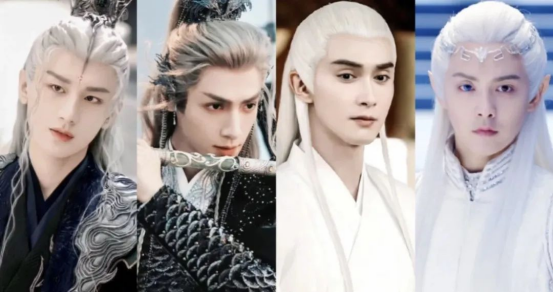
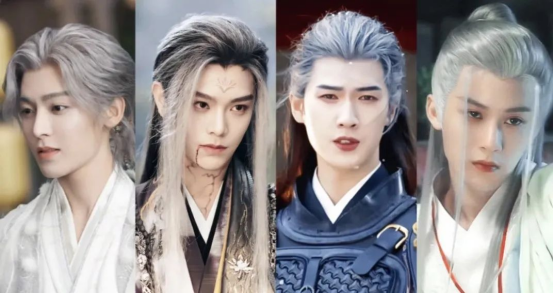
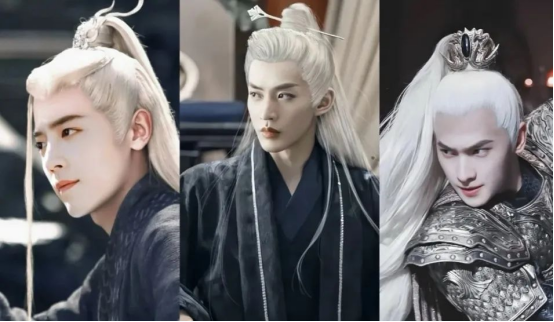
Ⅱ. White-Haired Elders
For most people, white hair traditionally belongs to the elderly or to those with profound spiritual cultivation. In folk culture, “premature white hair” often carries a sense of fate or tragedy. Combined with the need for strong visual impact in film and television, white hair in dramas now symbolizes more than age, genetics, or spiritual attainment—it has also become a narrative device to express sorrow and melancholy.
In Daoist tradition, many immortals are depicted with white hair. A head of white hair doesn’t just reflect seniority—it signifies the wisdom and enlightenment gained through long years of practice.
Daoist thought holds that as one cultivates and transcends worldly desires, the body weakens and hair turns white, marking the elevation of spirit and wisdom.
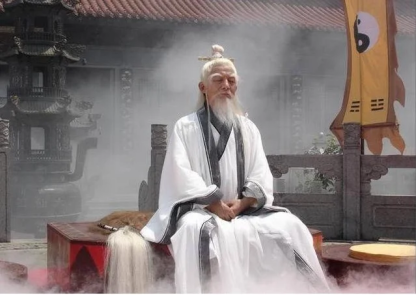
For example, in Sima Xiangru’s Ode to the Great Man (《大人赋》),
the Queen Mother of the West is described as an immortal old woman with snow-white hair—symbolizing transcendence beyond the mortal world.
White hair can also be used to highlight the passage of time and the weight of life experience.
In the Classic of Poetry, “white crown” is a metaphor for elders with white hair;
in the Chu Ci, “white locks” carry the meaning of age and dignity. Graying temples are described as “frosted sideburns” or “silver threads.”
Su Shi, in his poem Tune: Shuidiaogetou, laments his “early white hair.”
The phrase “crane hair,” inspired by the purity of a white crane’s feathers, is another poetic way to describe old age, often used in the context of birthday blessings.
Ⅲ. The Tragic Undertones of White Hair
White hair often appears as both self-mockery and lament.
In Rhapsody on White Hair, Zuo Si compares his “sprouting white strands” to his struggles in an unfulfilled career.
Li Bai frequently sighed over the sight of his aging reflection: “In the bright mirror of the hall, I grieve at my white hair.”
The legendary story of Wu Zixu, who supposedly turned completely white overnight from exhaustion and worry, reinforces this imagery.
Whenever white hair is invoked in classical literature, it almost always points to an inner crisis, symbolizing grief, frustration, or a sense of tragic self-awareness.
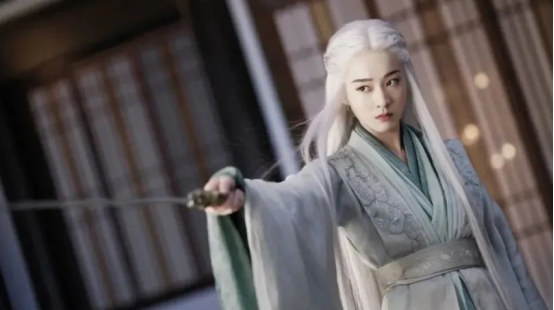
Ⅳ. Why the Fascination with White Hair?
Given the complex feelings Chinese people have toward white hair—loving white-furred animals yet using “white hair” to lament the hardships of their own fates—why do white-haired looks still appear so often in film and television?
Well, this kind of attitude toward white hair carries vicissitudes, solemnity, and self-mockery, but above all, it’s tied to a sense of “destiny.” Imagine: a young person with a youthful face, yet exuding an otherworldly calm that feels way beyond their years—plus a head of white hair. Wouldn’t you be more curious to learn about them?
This striking contrast is probably one reason why audiences love white-haired characters. (And for some reason, whether in anime or Chinese TV dramas, white-haired characters almost always have high looks—this is pretty interesting too!)
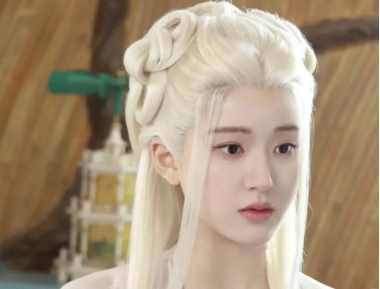
In fantasy dramas, many young characters are portrayed as carrying a destined fate. Among them, white-haired figures often stand out with an air of cool detachment — almost like reclusive sages untouched by worldly affairs. The way they interact with others usually adds a layer of intrigue, which might explain why audiences are especially drawn to white-haired characters.
And it’s not just fantasy. Historical and martial arts dramas have also given us plenty of memorable white-hair looks. In earlier decades, such styles were often used to highlight a character’s unique personality, and classics like The Bride with White Hair have been remade multiple times, leaving a lasting impression on viewers.
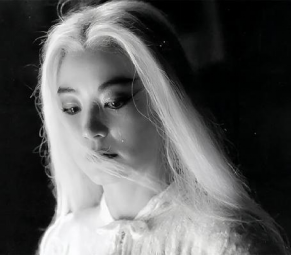
Ⅴ. Another Kind of “White Hair”
Alongside white hair, another striking choice in fantasy dramas has been red hair. Early examples include characters like Demon Lord Chonglou and Long Kui (Red Kui), whose fiery locks embodied both modern notions of rebellion and the xianxia style of “falling into darkness.”
The combination of Chinese dress and red hair is absolutely stunning—who came up with this pairing?
This created a visually dramatic, almost paradoxical beauty that left a strong impact and influenced many later character designs.
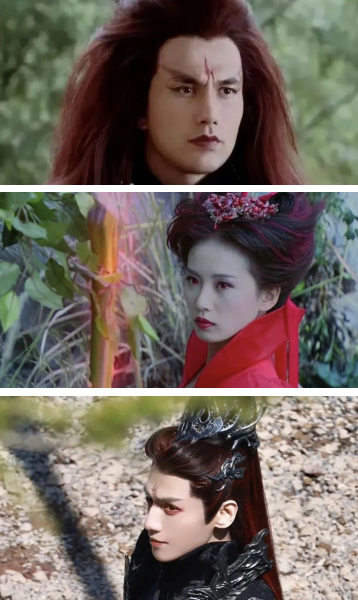
If white-haired characters are often aligned with the protagonists—the “good side”—then red-haired characters tend to be cast as their opposites, representing danger or villainy. In both cases, unusual hair colors signal a sense of “otherness,” and they also make it easier for the audience to quickly understand where a character stands.

Over time, both white and red hair became recurring motifs in fantasy and period dramas. Paired with the rise of anime, games, and other ACG influences, dyed or unusual hair colors became a mainstream aesthetic. Even Jay Chou’s hit song Hair Like Snow linked white hair with an ethereal, romantic image in traditional Chinese style.
In the past decade, “white hair” has transformed into a fashion trend among younger generations, extending from dramas and games all the way into real-life hairstyle choices.
Summary
Personally, I feel that the “white hair + Hanfu” look is quite demanding in terms of aesthetic taste. Generally, white-haired characters tend to fit three roles best for this style: spirits (called ‘yao’ in Chinese), immortals, and swordsmen. If your sense of aesthetics is on point, you can definitely pull off a truly unique vibe with this combination. Below is a great example ↓ ↓
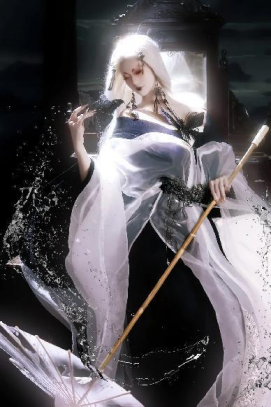
Do you think white hair pairs well with Chinese dress? Have you ever wanted to try a white hair set yourself? Hope you enjoyed this blog post! 😄
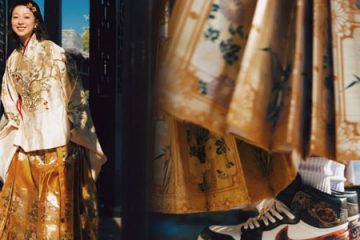
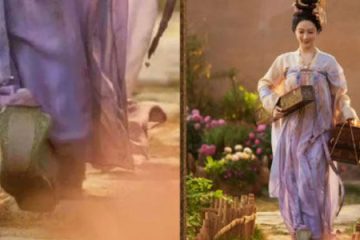
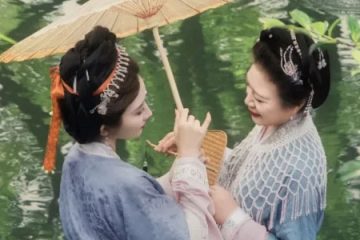
0 Comments